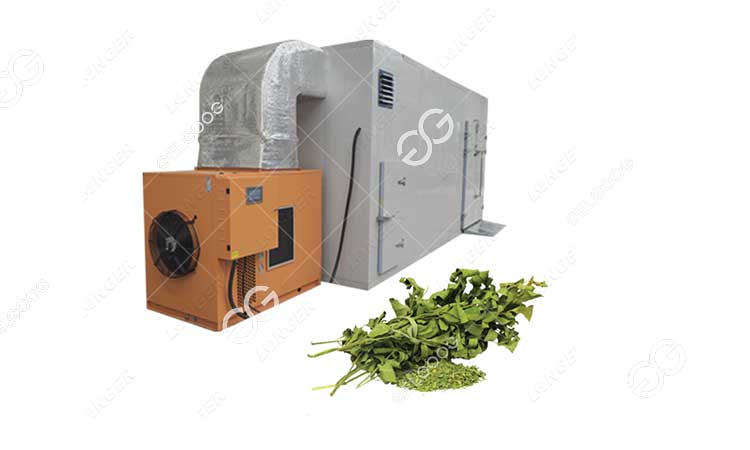Moringa leaves, known for their exceptional nutritional value, have gained immense popularity in recent years. With numerous health benefits and versatility, Moringa leaves are in high demand, not only in traditional medicine but also as a dietary supplement, in food products, and in the cosmetic industry. However, to preserve the potency and quality of Moringa leaves, proper drying methods are crucial, especially in a factory setting. In this blog, we will explore the best drying method for moringa leaves in a factory, taking into consideration efficiency, effectiveness, and preservation of key nutrients.
Sun Drying:
Sun drying is one of the oldest and most traditional methods of drying agricultural produce. It involves spreading Moringa leaves in a thin layer under direct sunlight until they reach the desired moisture content. Sun drying is cost-effective, environmentally friendly, and easily accessible in regions with abundant sunshine. However, it has some drawbacks when used in a factory setting. The process is highly dependent on weather conditions, making it unpredictable and time-consuming. Furthermore, exposure to direct sunlight for prolonged periods can lead to nutrient degradation and color fading in Moringa leaves.
Air Drying:
Air drying involves placing Moringa leaves in a well-ventilated area to dry naturally. This method is simple, low-cost, and suitable for small-scale operations. However, in a factory setting, air drying may not be as efficient due to limited space and the need for optimal airflow. Additionally, the drying time can be relatively long, increasing the risk of contamination or spoilage.
Dehydrator Drying:
Using a dehydrator is a popular choice for drying Moringa leaves in a factory. Dehydrators provide controlled temperature and airflow, allowing for efficient and consistent drying. This method minimizes the risk of nutrient loss while preserving the vibrant green color of the leaves. Dehydrator drying is also faster than natural drying methods, reducing processing time and increasing productivity. However, the initial investment in purchasing a dehydrator and the cost of electricity may be a consideration for small-scale operations.

Freeze Drying:
Freeze drying is a more advanced method that involves freezing the Moringa leaves and then removing moisture through sublimation. This process preserves the nutritional content and color exceptionally well. Freeze-dried Moringa leaves have a longer shelf life and can be rehydrated easily. However, freeze drying is an expensive and complex method, typically used in large-scale commercial operations due to the high cost of equipment and energy required.
Microwave Drying:
Microwave drying is a relatively new technique that uses microwave energy to remove moisture from Moringa leaves. This method is fast and efficient, reducing drying time significantly compared to other methods. Microwave drying also helps to retain the nutritional content of the leaves. However, it requires specialized equipment and careful monitoring to prevent overheating and ensure uniform drying.
Conclusion:
When it comes to drying Moringa leaves in a factory, selecting the best drying method for moringa leaves depends on various factors such as cost, efficiency, nutrient preservation, and scale of operations. While sun drying and air drying are accessible options, they may not be suitable for large-scale production due to limitations in time, space, and consistency. Dehydrator drying offers a good balance between efficiency, effectiveness, and nutrient preservation, making it a popular choice for many factories. However, freeze drying and microwave drying provide superior results in terms of nutrient retention and shorter drying times, albeit at a higher cost. Ultimately, the choice of drying method should align with the specific requirements and resources of the factory, ensuring that the dried Moringa leaves maintain their nutritional value and quality throughout the process.